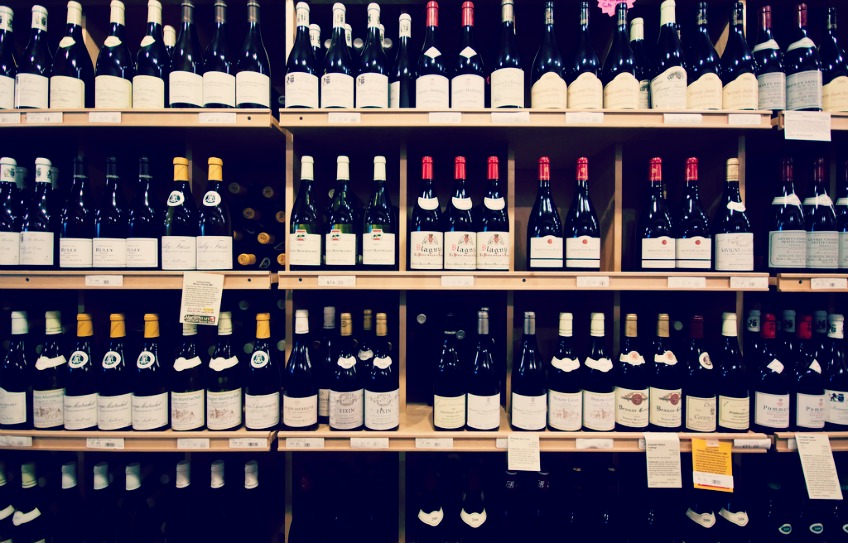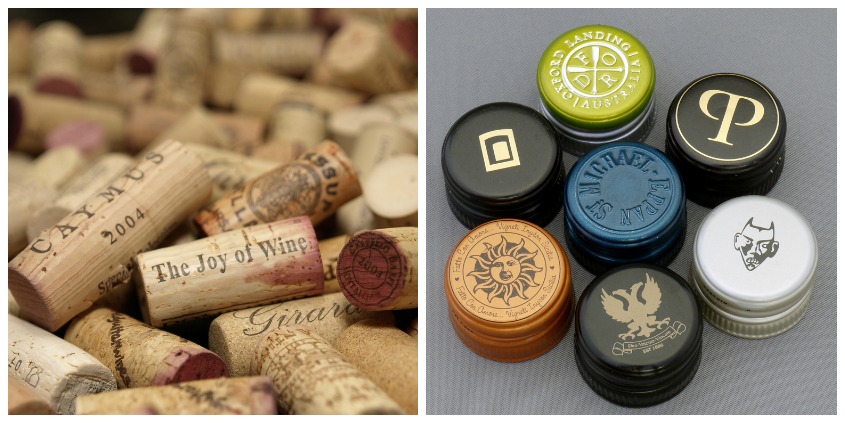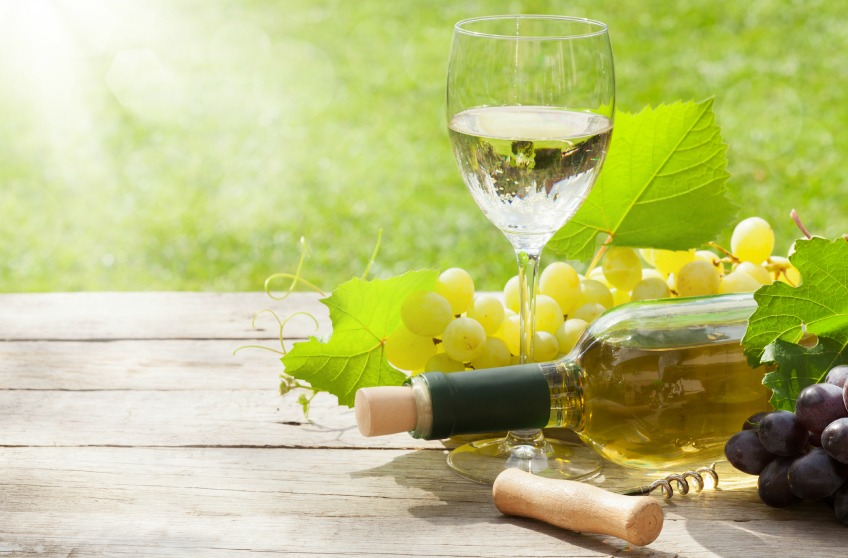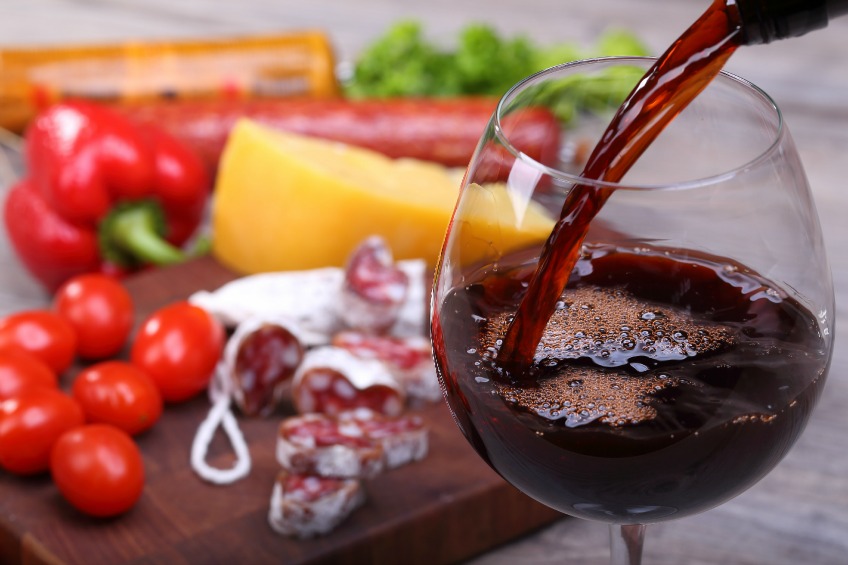There are many myths surrounding certain topics within the wine industry, so we are bringing 11 common misconceptions into the ring to battle it out…
1. Expensive vs. Cheap
The more expensive the wine, the better it will taste, right? Whilst it’s true that base production and shipping costs mean you are getting around 50p’s worth of wine for a £5.00 bottle vs. around £3.15 for a £10.00 bottle, paying more doesn’t always equate to better quality. It’s all about value for money. For many of the big brands, particularly Champagne, you are paying for the name and all the marketing that comes with it. All sorts of factors like critics’ scores, fashionability and location can elevate the price. Sometimes it’s worth taking a gamble on lesser-known varieties and producers to get more wine for your buck without compromising on quality.
 photo: flickr.com/gcfairch
photo: flickr.com/gcfairch
2. France vs. The Rest of the World
Much of the history and tradition of wine is intrinsically linked with France. Some may say that a disproportionate amount of time and attention is given to extolling the virtues of the French wine industry. In fairness, they were the pioneers of modern winemaking. They have the benefit of centuries of experience and some truly unique expressions of terroir. The real turning point in modern history was the Judgement of Paris in 1976, where Californian wines beat French wines at a blind tasting. As a result of this, the concept of quality “New World” wines was opened up to the global market, which arguably has made the world of wine a more exciting and interesting place.
3. Wine Critics vs. Wine Bloggers
One of the most divisive elements of the wine world is that opinion is dominated by a few top critics: if they don’t rate a wine then it’s not worth bothering with. This has changed significantly in recent years. The wine blogger community is alive and thriving, with everyone sharing their views and recommendations. The best thing about wine is how subjective it is: one person’s dream wine may be another’s nightmare. Get drinking and sharing then make up your own mind, and read more from our favourite wine bloggers here.

4. Cork vs. Screw Cap
Corks have been the closure of choice for fine wines since the 17th Century, screw caps do not necessarily mean the wine is of a poorer quality. Cork is a natural substance and slowly allows oxygen into in the bottle, which is beneficial when ageing. It is also however expensive and can affect the wine with a taint over time. Screw caps are often favoured for wines that are made to be drunk young. In New Zealand, where anaerobic winemaking is favoured, screw caps are the closure de rigeur for keeping wines fresh. Many winemakers around the world have followed suit with this cost-effective option. The long-term effect they have on wine ageing remains to be seen. The battle rages on!
 Left photo: flickr.com/dave_minogue. Right photo: flickr.com/x1brett
Left photo: flickr.com/dave_minogue. Right photo: flickr.com/x1brett
5. Warm vs. Chilled
Most people believe that red wine should be served at room temperature. It’s worth remembering that this guideline was created before central heating existed! The ideal temperature to serve most red wines is between 16-18°C whilst the modern average room temperature is 23°C. Some red wines benefit from being lightly chilled. It is recommended to drink Beaujolais Nouveau and young Spanish reds at 12-13°C to get the best out of the wine. Conversely, we often drink white wine so cold that it does not allow the flavours to fully develop. Chardonnay and sweet wine should be served between 9-10°C. Champagne and Sauvignon Blanc taste better at 7°C. The average fridge is around 3°C, so try leaving your wine out for a while before drinking it.
6. Sweet vs. Fruity
One of the mistakes people often make when tasting wine is to confuse sweetness and fruitiness. Whilst it is true that actual fruit is sweet, in wine sweetness comes from residual sugar. If the fermentation process is stopped or interrupted, the yeast cannot convert all the sugar into alcohol, meaning there is some left over. To tell if a wine is sweet, taste it on the tip of your tongue. Fruitiness is a flavour characteristic that can appear in the driest of wines and you can generally tell from the aroma before you taste it.

7. Red With Meat vs. White With Fish
Food and wine pairing is a tricky subject because it is so subjective. Stereotypically, white wines are paired with fish and shellfish and red wines are paired with meat. How wine affects your food is actually more about the weight and flavour profile. Rich, heavy sauces need more powerful, fuller-bodied wines to stand up to them. Foods high in acidity such as tomatoes work best with wines that match them. Why not try baked salmon with a Cabernet Franc or dry Riesling with a fillet of pork.
Read more about food and wine pairing here.

8. Old Wine vs. New Wine
“And no one, having drunk old wine, immediately desires new; for he says, ‘The old is better.’” This quote is from the Bible, so the perception that older wine is better than new wine goes back a very long way. Ageing a wine does not always make it better. Bad wines are bad whether you drink them young or old! Young wines may be fresher and fruitier but can often have harsh and undeveloped tannins. After a long time in the bottle, a wine can change significantly. The fruit-forward character prevalent in younger wines diminishes and often the wine will “mellow” out, the tannins soften and this is when those “earthy/smoky/farmyard” aromas can appear. Whether you prefer that or not is entirely up to you!
9. Decanter vs. No Decanter
Older red wines and vintage ports develop sediment over time, so if a wine is older than 5 years it will most likely require decanting before drinking. Have you noticed how much a wine changes from the first sip to half an hour later? Older wines that have spent so long in the bottle can take a while to give up their secrets, so decanting also has the advantage of aerating the wine to allow aromas and flavours to develop. If you don’t have a decanter or are opening a younger bottle, it’s still worth opening up and pouring into the glass to allow the wine to aerate. Opening up a wine and leaving it in the bottle to let it “breathe” generally does nothing.
 Right photo: flickr.com/mac.wrangler
Right photo: flickr.com/mac.wrangler
10. Sulphites vs. RWH (Red Wine Headaches)
It’s a common misconception that sulphites in wine cause headaches when drinking. Sulphites occur naturally in grapes but they are also added in winemaking as a preservative to stop bacteria from growing. Research shows that actually only 1% of the population are allergic to sulphites, There are many theories as to the cause of a pounding head, it could be the quality of the wine, histamines, tannins or even alcohol intolerance but in truth we don’t actually have the answer!
11. Rosė vs. Good Taste
The reputation of rosė wine has suffered in recent times; it is often seen as sweet, low-quality and girly, owed mainly to the abundance of cheap Blush Zinfandel in the market. Seasoned drinkers of Provence rosė will know better. The best rosė wines, in our opinion, are bone dry, full of freshness and acidity and definitely drunk young. Provence rosė tends to pale salmon in colour and high in acidity. Typical tasting notes include strawberries, raspberries and citrus fruits. It can often have a savoury element to it that works brilliantly with BBQ food. If you fancy something a little bolder, it’s definitely worth trying a Spanish rosado. Rosė is most definitely not just for girls!

Sources for this article: Wine Allergies Symptoms